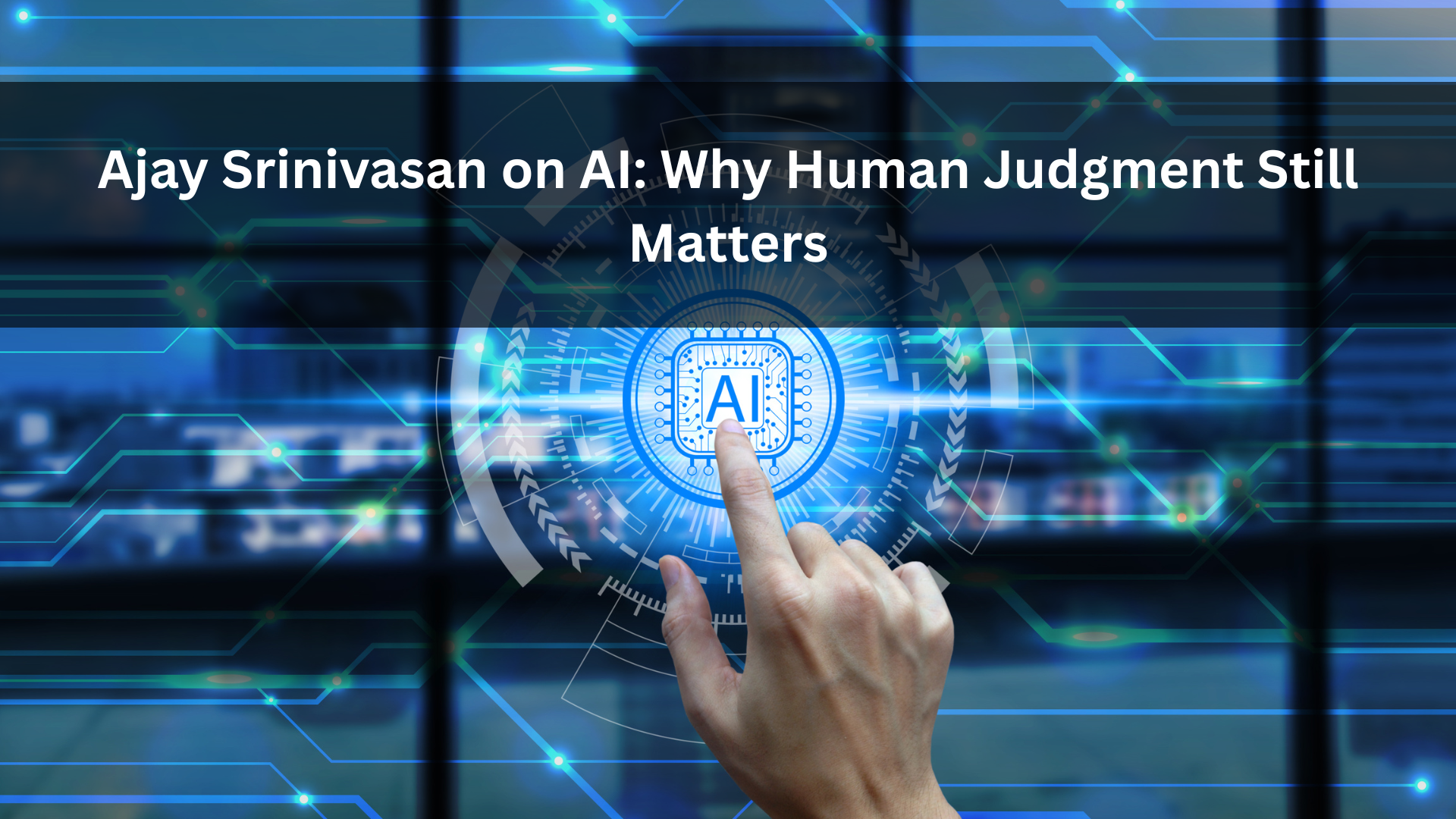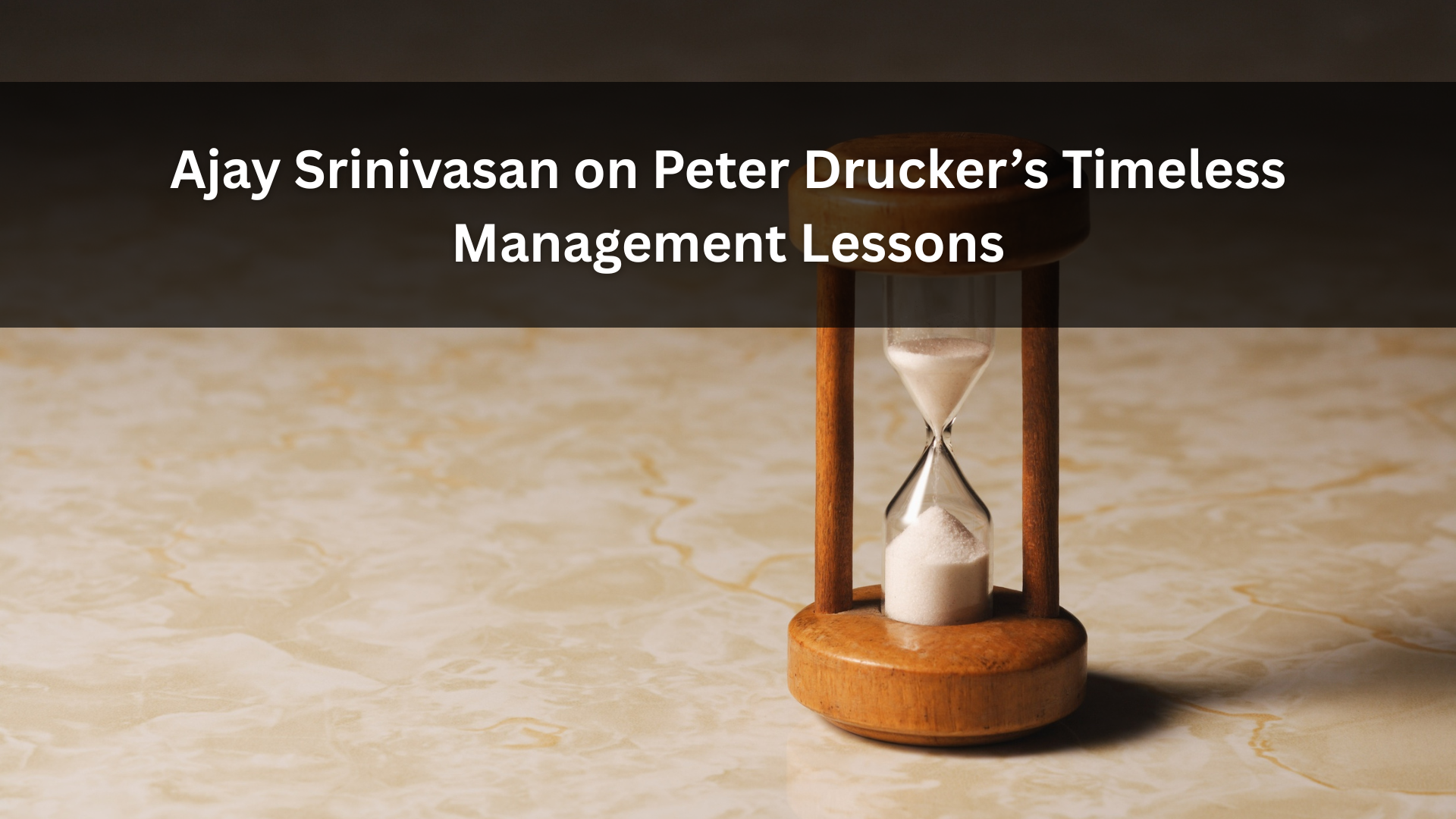Human potential is understood as the vast – largely untapped – capacity within each person to learn, grow, create, and lead a meaningful life. When we want someone to utilise their potential, we wish that they become the “best version of themselves”. When we feel someone is not utilising their innate capacity, we tend to describe them as having failed to “live up to their potential”.
But who and what decides what this potential is? Organisations often use a nine box framework with performance and potential on two axes to categorise their talent. But, are the frameworks used for determining potential really very different to performance, since often we don’t know how to measure innate potential and use performance as a surrogate? I have often wondered that a cement plant has a capacity of say 10 mn tons per annum so we know what to expect from it. But, what is the capacity of a people led service business like say financial or IT services? Do we really know whether the team is delivering to their full potential or are we hamstrung by comparisons to the past or others?
Human potential is a complex concept determined by a combination of biological, social, environmental and psychological factors. Biological factors include genetics, IQ, EQ and physical health. Social factors include education and learning opportunities, family and societal support and socio-economic conditions. Environmental factors include the values and culture of society, freedom and safety in the surroundings and access to infrastructure and technology. Yet, perhaps the one factor that interests me the most is the psychological, which refers to mindset and attitude. It is my belief that when you put together a group of individuals with similar backgrounds, the difference in who achieves more of their potential is determined by the ability to have a mindset which is not bound by the limits we set for ourselves. These people ask the question why something can’t be achieved as opposed to finding reasons why it can’t be done. You may have heard of the experiment where an elephant’s leg is tied by a rope to a post so it cannot move freely and even when that rope is removed, the elephant doesn’t move, believing it is restricted. We often create such limitations and constraints in our own head for ourselves. Our mindset then caps the achievement of our potential.
Potential isn’t a fixed trait — it’s a possibility, waiting to be acted upon. It is determined by some factors we can’t change but grows with curiosity, discipline, effort and lifelong learning. It expands when we step beyond comfort zones and still persist. Believing in our ability to evolve and grow unlocks exponential progress. Realizing potential is not just a personal journey; it’s a shared social responsibility. In a narrow organisational context, ensuring potential is assessed better and then acting upon it such that it doesn’t remain a wasted, unrealised asset is critical. Ralph Waldo Emerson beautifully said “What lies behind us and what lies before us are tiny matters compared to what lies within us.”




